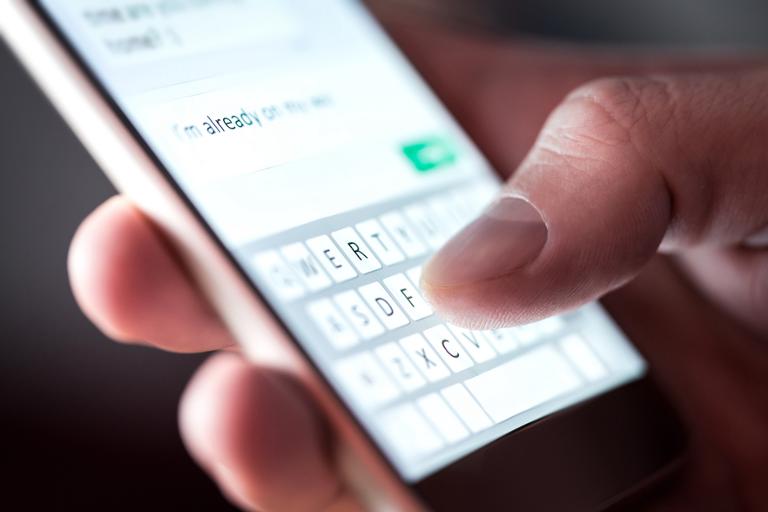Over the course of the COVID-19 pandemic, technologists everywhere have relied on tools such as video conferencing and messaging apps to get their work done. In fact, it’s not too far a stretch to argue that, without these tools, much of the work over the past year would have been impossible.
However, an extensive report from Project Include, a nonprofit dedicated to diversity and inclusion in tech, reveals a dark side to these tools, which can be used for harassment and hostile speech. The percentage of technologists reporting this tool-based harassment is stunningly high, as you can see from the following visualization:
Project Include’s report notes a rise in co-worker harassment since COVID-19 began, particularly for those technologists from underrepresented groups. Some 23 percent of technologists aged 50 and over also reported an increase in age-related harassment and hostility. It’s worth noting that communications apps such as email and chat provided more opportunities for such attacks than productivity tools.
“One reason why there’s less harassment on productivity tools is because it’s public by default,” Cate Huston, current engineering director at Duck Duck Go, is quoted as saying. “The chat app is always making it possible to get the person one on one, and normalizing that communication is one of the things that causes harassers to get away with stuff; they do stuff and they present it like it’s normal.”
Unfortunately, there’s no easy solution here. “Surveillance technologies add to distrust and anxiety,” the report concludes. “Harassment won’t go away with a new reporting tool if employees fundamentally fear retaliation and inaction. Days off don’t matter if workloads don’t change; they just shift the timing of work and extend the length of workdays. Listening sessions don’t work if conversation doesn’t lead to action.”
Instead, companies should consider sweeping steps, such as “change leadership” (which involves actions such as making leadership teams more diverse and empowered), boosted accountability, and the prioritization of mental health.
Meanwhile, race and gender discrimination remain persistent issues within the tech industry. As part of Dice’s new Equality in Tech Report, we asked more than 9,000 technologists whether they’d experienced or witnessed discrimination during their careers—and many said “yes.” Among technologists who identified as women, for example, some 48 percent said they’d been the subject of disrespect over their technical abilities, which could include harassing and hateful messages delivered via a tool of some sort.
The percentages are also distressingly high for various underrepresented groups in tech:
Fixing this situation may take considerable effort (and time) on the part of companies everywhere, even those that have already begun significant HR revamps and DE&I initiatives. In the meantime, managers and team leaders should pay close attention to their teams’ concerns or complaints; if anyone is being harassed via work tools, it needs to be addressed immediately.



